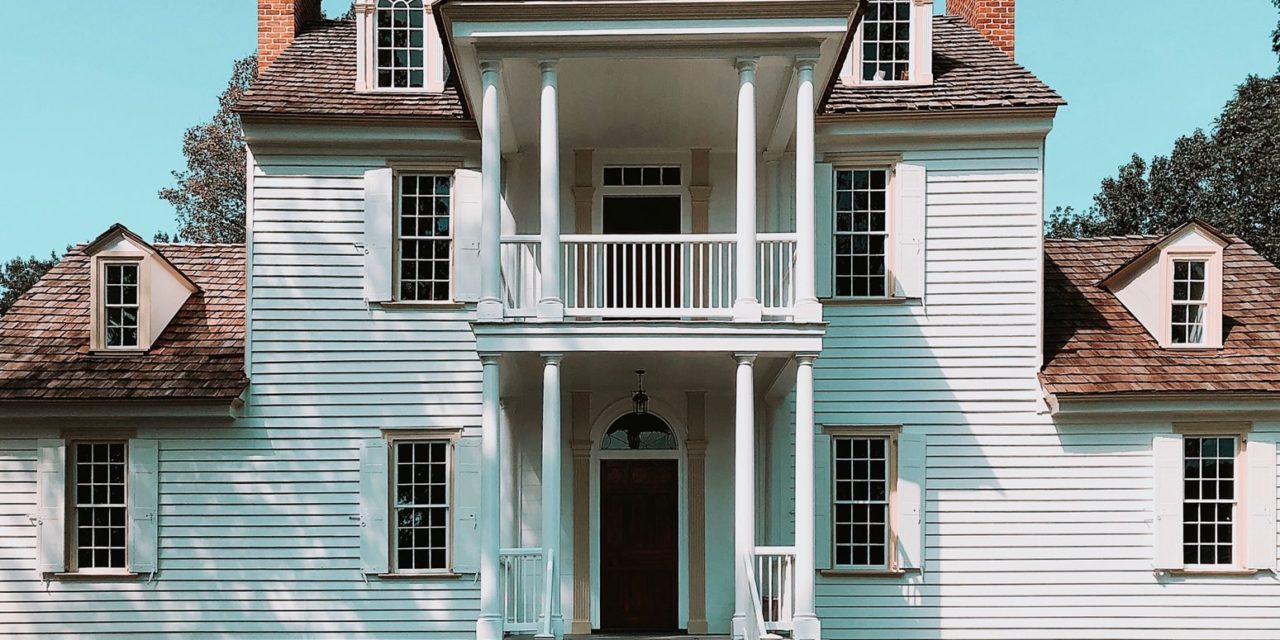[ad_1]
I use two sorts of watercolor paper.
These are Saunders ‘Waterford' Rough – hand made weight 638g/sqm – 300lb. I buy it in its standard size sheet of 762mm x 559 mm (30 x 22 inches.) and or:
Bockinford machine made watercolor paper. This has a Not pressed surface – in my opinion this paper is useful too for most other types of work. In short it is a first rate good all round general-purpose paper and cheaper than the Saunders and in the same size and weight.
These two papers have reputation and are technically manufactured to provide the kind of features needed in long life watercolor painting grounds.
If I need smaller sheets I cut them down into ½ full size – ¼ full size from the larger standard size sheet. This means all of my paintings fall into a small range of standard sizes and therefore can be framed using my preferred standard framing dimensions by the framer.
The Saunders paper comes in three types of surface – Hot Pressed – Cold Pressed and Rough.
Hot Pressed is smooth for line and fine delicate brushwork. Cold Pressed is for general fine work with scope for texture washes. Rough is for spontaneous impressionistic good graduated textured work of all kinds for the best watercolor artists around. I use this paper and have come to understand every aspect of its behavior.
Find the paper you like and stick to it. Make your selection only from well-established paper makers.
Use the 638-g/sqm weight as it does not need stretching to avoid dry-out-buckle. In the last resort if the painting will not go right you can immerse the Saunders in the bath and gently lift – not scrub – the pigment off and generally recover the sheet to try again – never ever give up!
The weight and therefore the stiffness of the paper are important to be able to work quickly. The paper can be moved at will across the board or turned 180 degrees or to any angle for controlling washes.
.
Try to keep uncut sheets in reserve for back up in case supplies – for any reason – become limited.
Never fold or bend or roll or crease watercolor paper. This is an absolute rule. Store flat in portfolios with no other weight on top.
Keep even clean fingers off the surface. On no account let others touch handle or even breathe on your paper. Do not allow others to handle finished unframed watercolor paintings. In fact it is best not to let them see unframed paintings.
Use a Stanley type knife and stainless steel or aluminium graduated straight edge cutting guide long enough to cut along a full length of a paper sheet. Do not cut against the graduated beveled edge as the knife may cut into its edge.
Always cut on a cutting surface. I use non-oiled hardboard a little longer than the long dimension of the paper smooth side up and a foot wide.
Never use force when cutting paper. Be relaxed and concentrated. The eye should be over the blade at all times and the steadying hand positioned to the rear of the moving blade. Use a light first cut as a starter then another light cut and then another – then a final cut making a total of four strokes. Cutting through the paper with four strokes gives the easiest sharpest and safest way to cut paper.
Full size sheets can be cut into half full size. Half full size is the normal standard convenient watercolor painting size.
Cut one of the half full size sheets in two for two quarter full size sheets. This gives three standard size sheets from one large full size sheet i.e. one half full size sheet and two quarter full size sheets.
It is best not to paint smaller paintings as they are difficult to hang at exhibitions. Although small eighth full size pictures do make useful complimentary gifts to buyers or for promotion. I suggest any painting beyond resuscitation can be inspected for areas within it that contain gratuitous small ready-made abstracts or landscapes suitable for framing.
Full Size Picture Framing Sizes in mm.
Paper say 760 x 555
Window 720 x 520
Mount (o/all) 900 x 700
Glass (o/all) 900 x 700
Mount Width ninety mm
Half Size Picture Framing Sizes in mm.
Paper say 555 x 375
Window 520 x 360
Mount (o/all) 680 x 520
Glass (o/all) 680 x 520
Mount Width eighty mm
Quarter Size Picture Framing Sizes in mm.
Paper say 375 x 277
Window 360 x 260
Mount (o/all) 500 x 400
Glass (o/all) 500 x 400
Mount Width seventy mm
Frame a picture in each of the recommended above sizes to see if you find them acceptable. If you have not been to a framer before insist on the framing to the dimensions I suggest. Start with the Quarter Size picture frame so you will not risk too much money first time out. Either way to some extent you may have to buy your own experience before you get everything the way you prefer.
I suggest painters should paint and leave framing to a professional framer.
Sizes quoted above are rounded somewhat in mm for simplicity to minimize mistakes when cutting the materials to size. Make a copy of the sizes listed above to give as instructions to the framer to retain but keep photocopies in reserve. Mount widths are designed to bring the frame and the mount and painting into a single picture unity.
A painter has enough problems to cope with without those better left to a framer to deal with.
My best wishes to all.
[ad_2]
Source by John Blenkin


